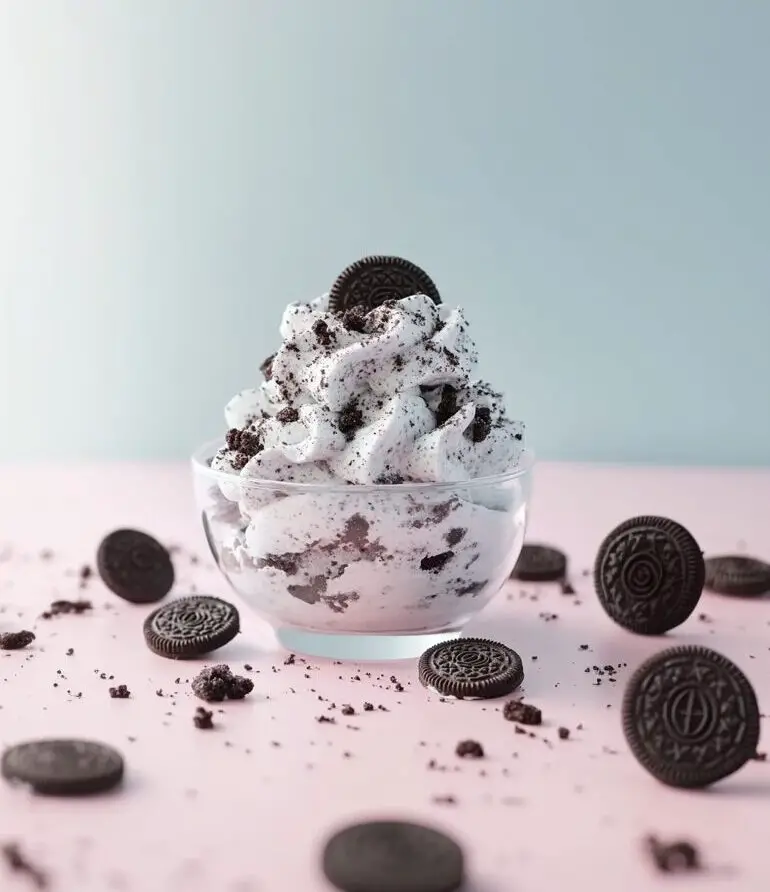The Origins of Granita
Granita’s origins are deeply rooted in Sicily, the largest island in the Mediterranean, where it has been a popular dessert for centuries. It is said that Granita originated from the practice of collecting and freezing mountain snow, which was then flavored with fruit juices, particularly citrus fruits like lemon. As ice became more accessible, the practice evolved, and today, Granita is made using modern freezing techniques, though the tradition of using fresh, natural ingredients remains at its core.
The name granita comes from the Italian word granito, meaning “granite” or “grain,” referring to the granular, crystalline texture of the frozen dessert. Granita is similar in nature to sorbet, but it is coarser and more textured. The way it is made—scraping the frozen mixture every half-hour—creates its signature icy, fluffy texture. Unlike sorbet, which is smoother and more uniform, Granita has a delightful crunchiness that gives it an appealing, rustic feel.
Granita was traditionally served in small cups, enjoyed by locals during hot summer days, offering a refreshing and cooling break from the Sicilian heat. Over the years, the dessert became popular throughout Italy and even beyond, with many variations now found in different parts of the world. Today, while Lemon Granita remains one of the most beloved versions, other fruit-based granitas, such as those made with strawberries, oranges, or coffee, are also popular.
Why Lemon Granita is So Special
What makes Lemon Granita such a special dessert is its combination of texture and flavor. The base of the dessert is made up of simple syrup, lemon juice, and zest, all of which come together to create a refreshing, tangy flavor profile. The lemon is the star of the dish, and its sharp acidity provides a refreshing counterpoint to the sweetness of the sugar. This tartness is what makes Lemon Granita such an invigorating dessert, as it cuts through the heat of summer and leaves the palate feeling refreshed.
The texture of Lemon Granita is equally important in its appeal. Unlike smooth sorbets or ice creams, which are often made in ice cream machines, granitas are created by freezing the mixture in a shallow pan and scraping it every 30 minutes to achieve the perfect icy consistency. This process creates a coarser texture, with the crystals of ice providing a satisfying crunch that adds a unique sensory experience to each spoonful. The texture of Lemon Granita makes it especially refreshing because it melts in the mouth quickly, giving a cooling, clean feeling.
Another reason why Lemon Granita is so special is its simplicity. With just a few ingredients, this dessert showcases the natural flavor of lemons in all its glory. There is no need for complicated techniques or hard-to-find ingredients—just fresh lemons, sugar, and water. The fact that it only requires a few basic ingredients makes it an accessible dessert for anyone, even those with minimal cooking experience.
How to Serve and Enjoy Lemon Granita
Lemon Granita can be served in various ways depending on the occasion. For a simple, casual treat, it can be spooned into small bowls or glasses and served as is. This presentation works well for family meals or informal gatherings. For a more elegant touch, you can serve Lemon Granita in clear, chilled glass cups or wine glasses. Garnishing the granita with a sprig of mint or a thin slice of lemon can also elevate the visual appeal of the dessert, making it look even more refreshing and inviting.
Lemon Granita can also be used as a palate cleanser between courses at a formal dinner. Its light, tart nature makes it an excellent option to refresh the taste buds between heavier courses, especially in multi-course meals where rich, savory dishes are served. A small serving of Lemon Granita can be offered before or after a meal, providing a burst of freshness that balances out the richness of the food.
For a creative twist, Lemon Granita can be paired with other fruit-based desserts or sorbets. It can be served alongside fresh berries or a small scoop of ice cream, providing a contrast in textures and flavors that make the overall dessert experience even more enjoyable. Additionally, Lemon Granita can be made into a fun, frozen cocktail by adding a splash of alcohol, such as limoncello or vodka, to the mixture before freezing it.
Customizing Your Lemon Granita
While the classic Lemon Granita recipe is delicious on its own, there are many ways to customize it to suit your preferences or to experiment with different flavors. For example, you can add herbs like basil or mint to the syrup for an herbal twist that complements the tangy lemon. A dash of ginger or a sprinkle of cinnamon can add depth to the flavor profile and give the granita an extra layer of complexity.
For a fruitier version, you can experiment with blending lemon juice with other citrus fruits like oranges or grapefruits. The result will be a multi-citrus granita that has a more complex flavor while still retaining the refreshing quality of the original lemon version. If you prefer a sweeter granita, you can increase the amount of sugar, or even add a bit of honey or agave syrup to bring a different level of sweetness.
Why Lemon Granita is Perfect for Summer
Lemon Granita is the perfect summer dessert for several reasons. First, it’s incredibly refreshing. The icy texture, combined with the zesty citrus flavor, makes it the ideal treat to enjoy on a hot day. Unlike heavier desserts like cakes or pies, Lemon Granita is light and cooling, which is especially appealing when the temperature rises.
Conclusion
Lemon Granita is a refreshing and timeless dessert that offers a perfect balance of tangy citrus flavor and icy texture. Its origins in Sicily and its minimalist recipe are what make it so special—allowing the flavor of fresh lemons to shine through while providing a cooling, satisfying dessert experience. Whether served as a casual treat or as a palate cleanser between courses, Lemon Granita is a versatile dessert that can be enjoyed in various ways.








